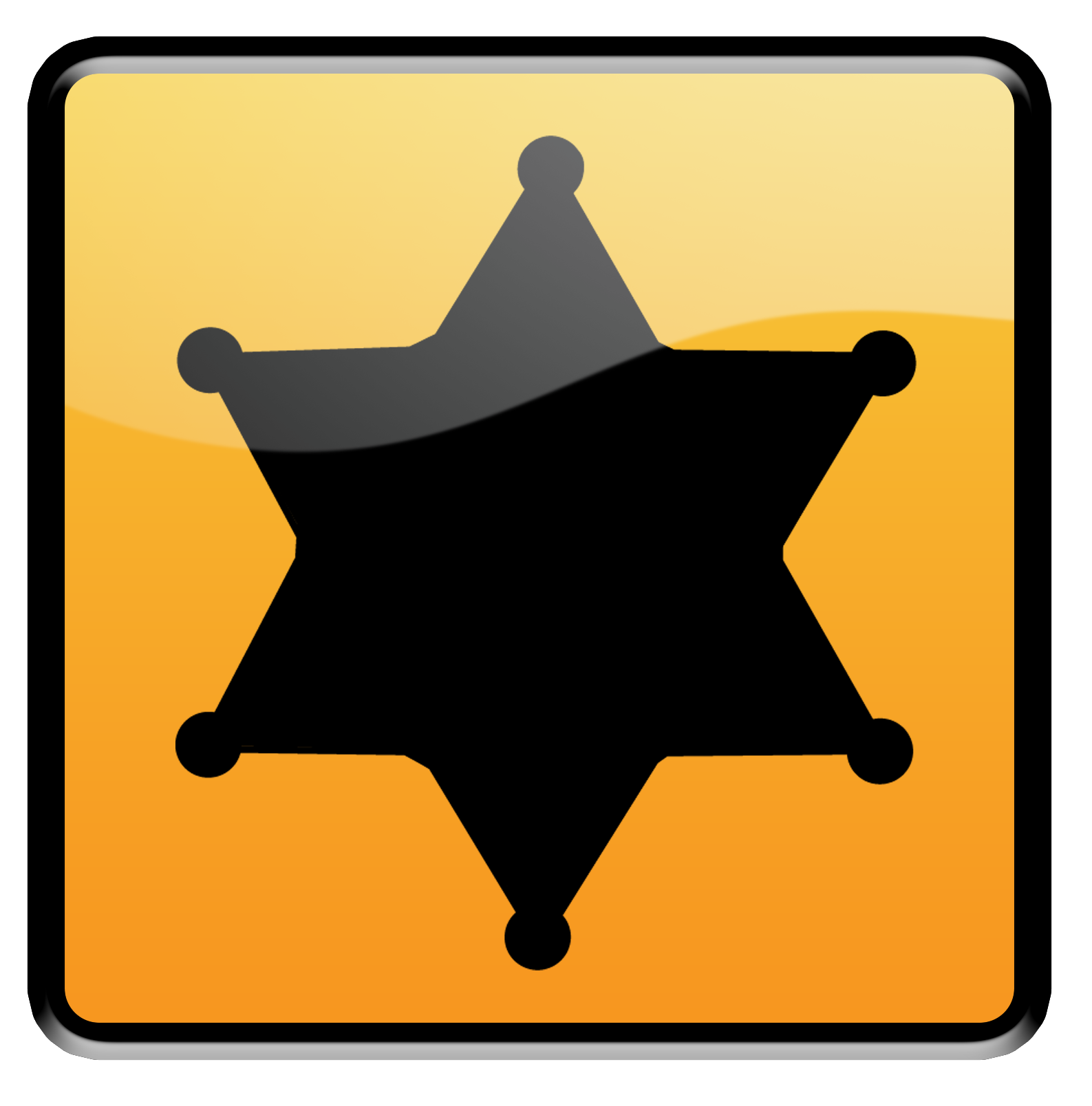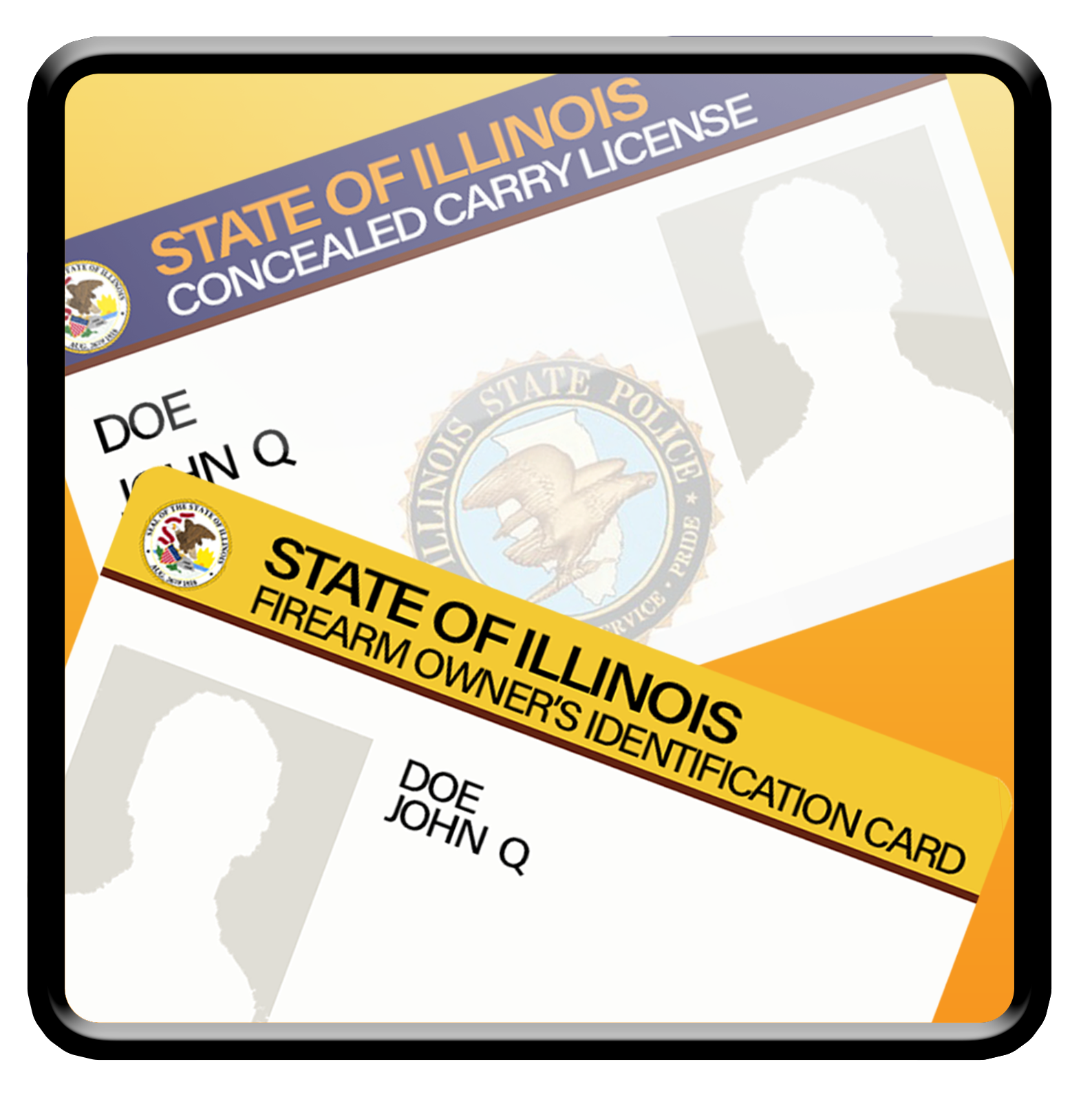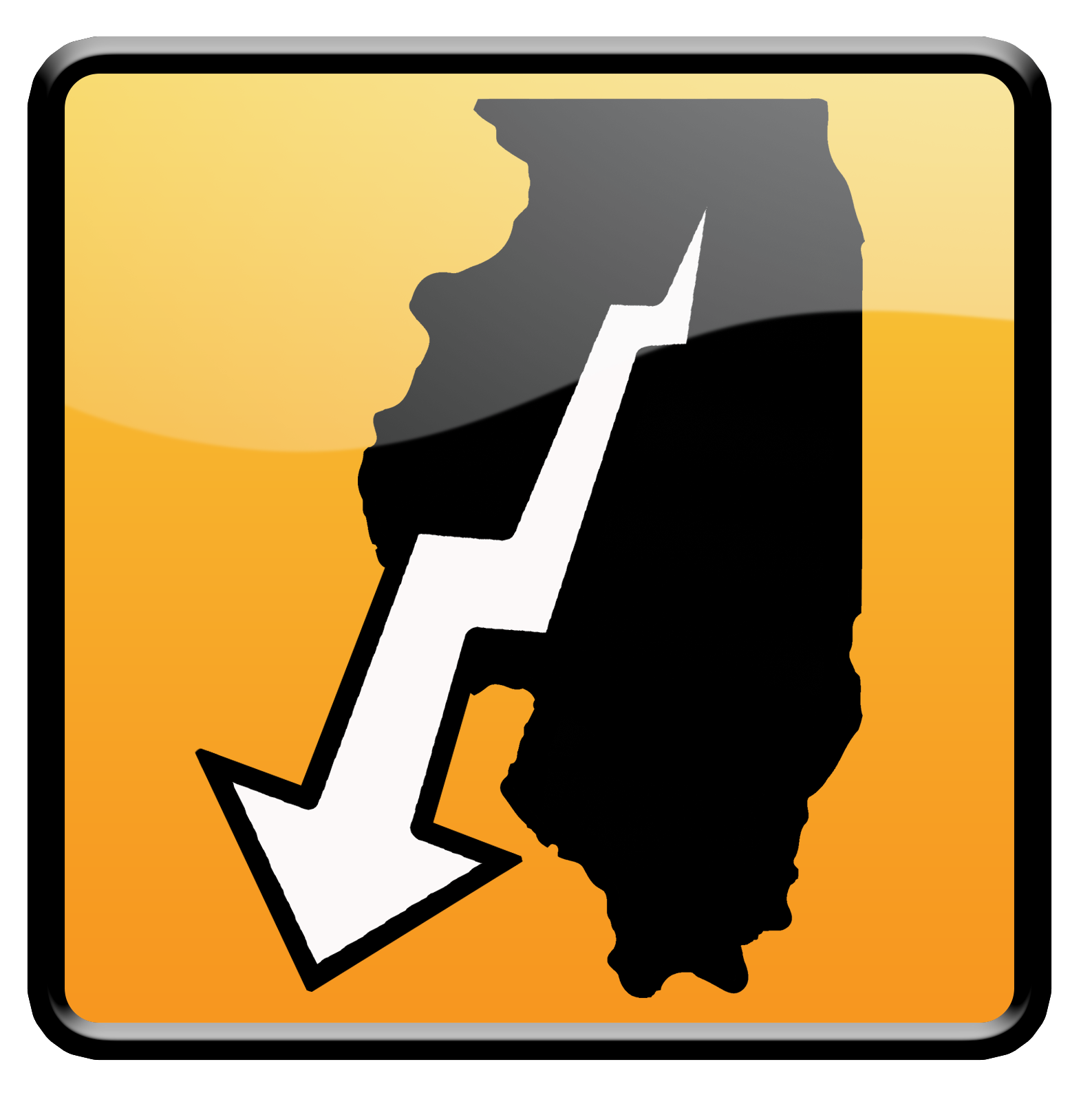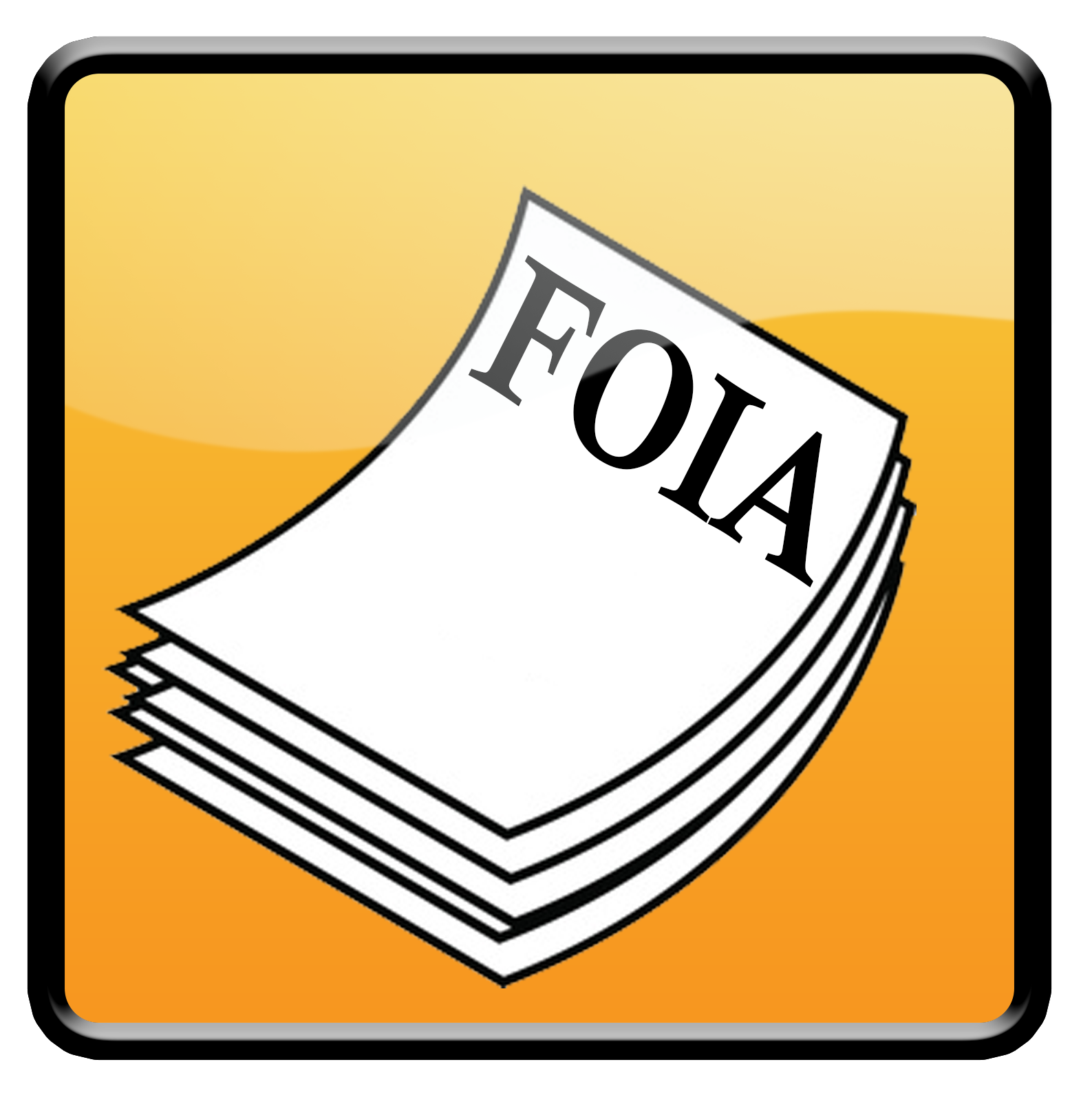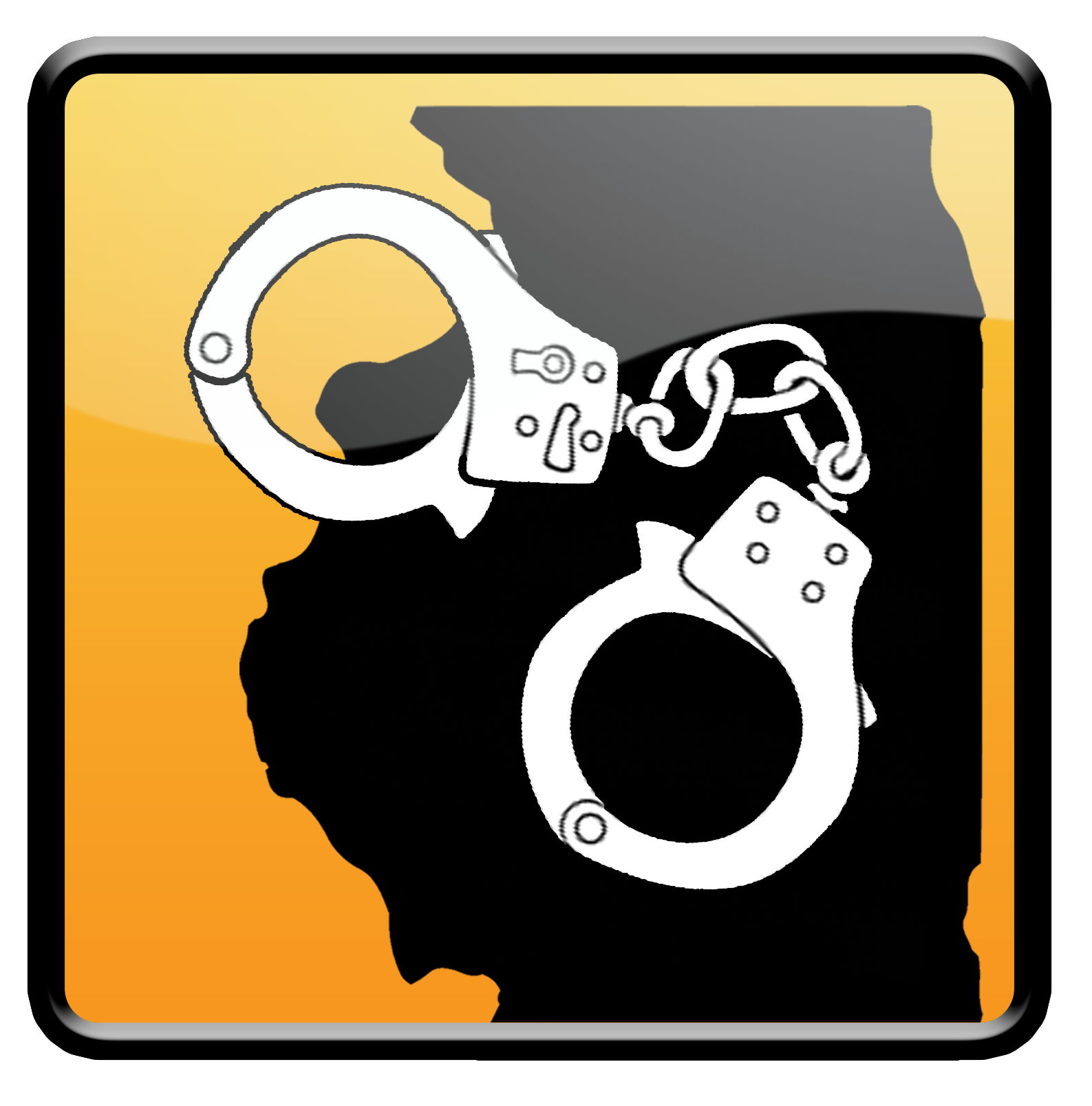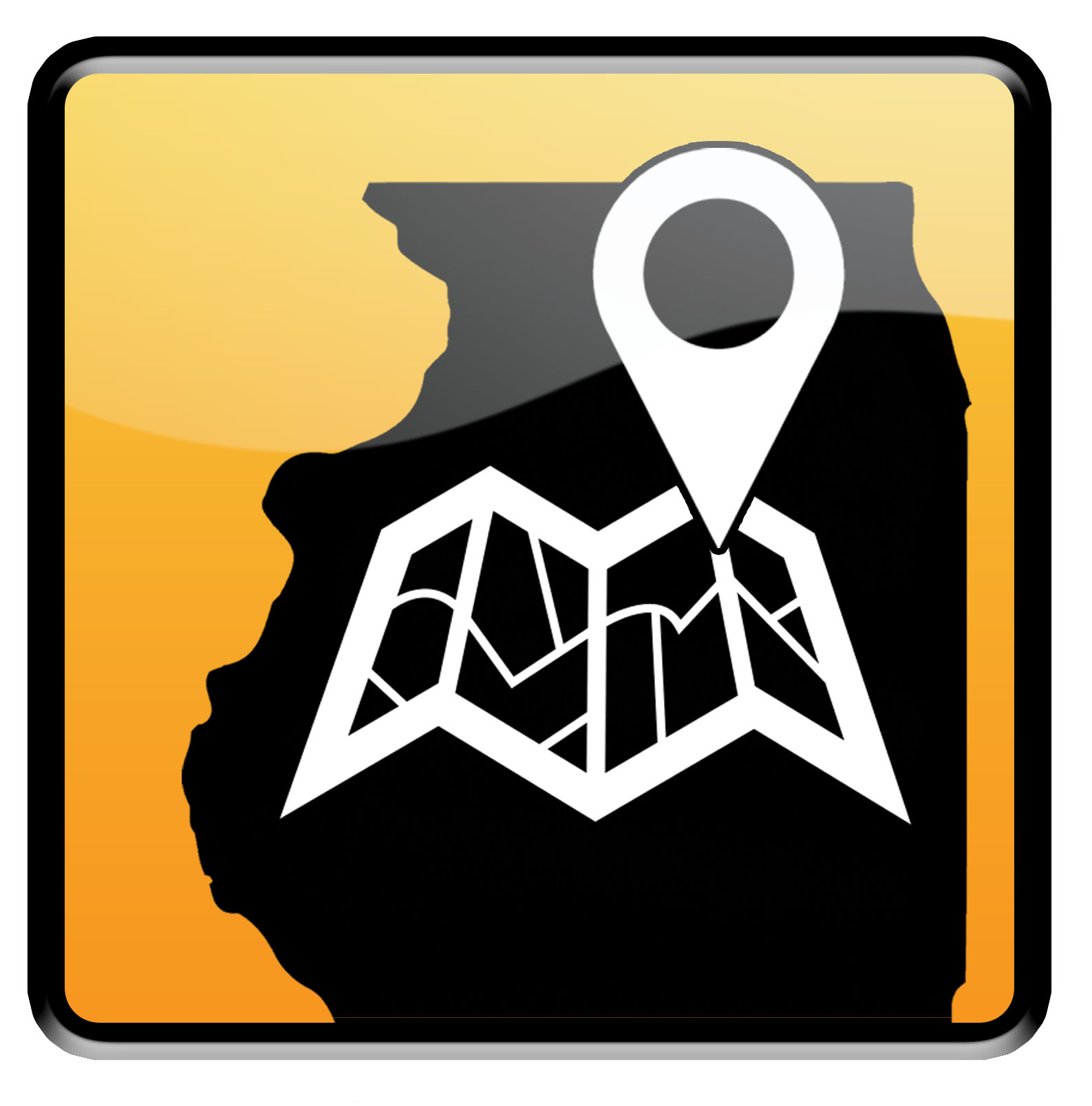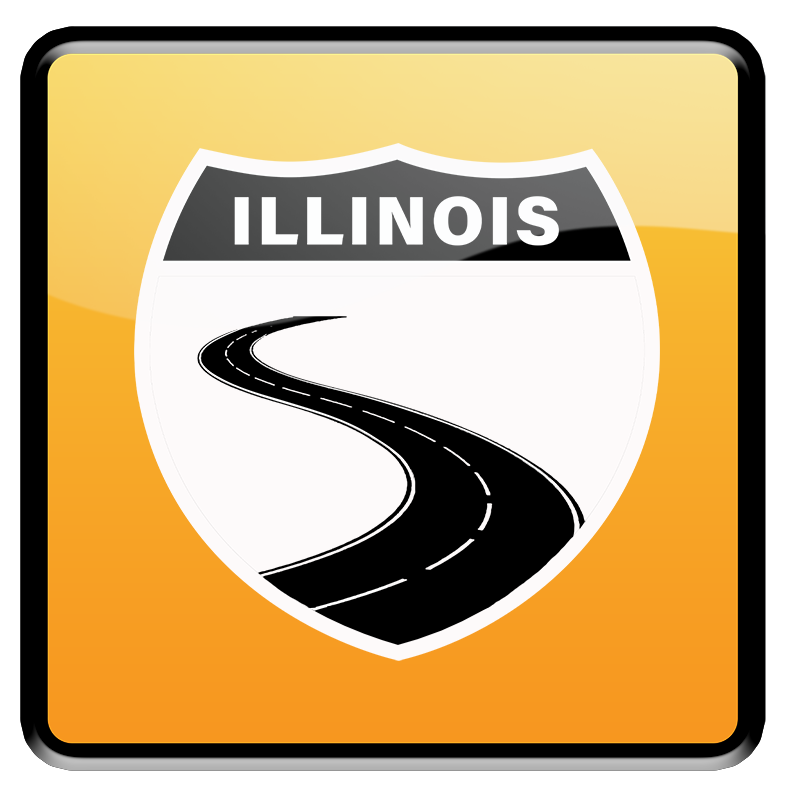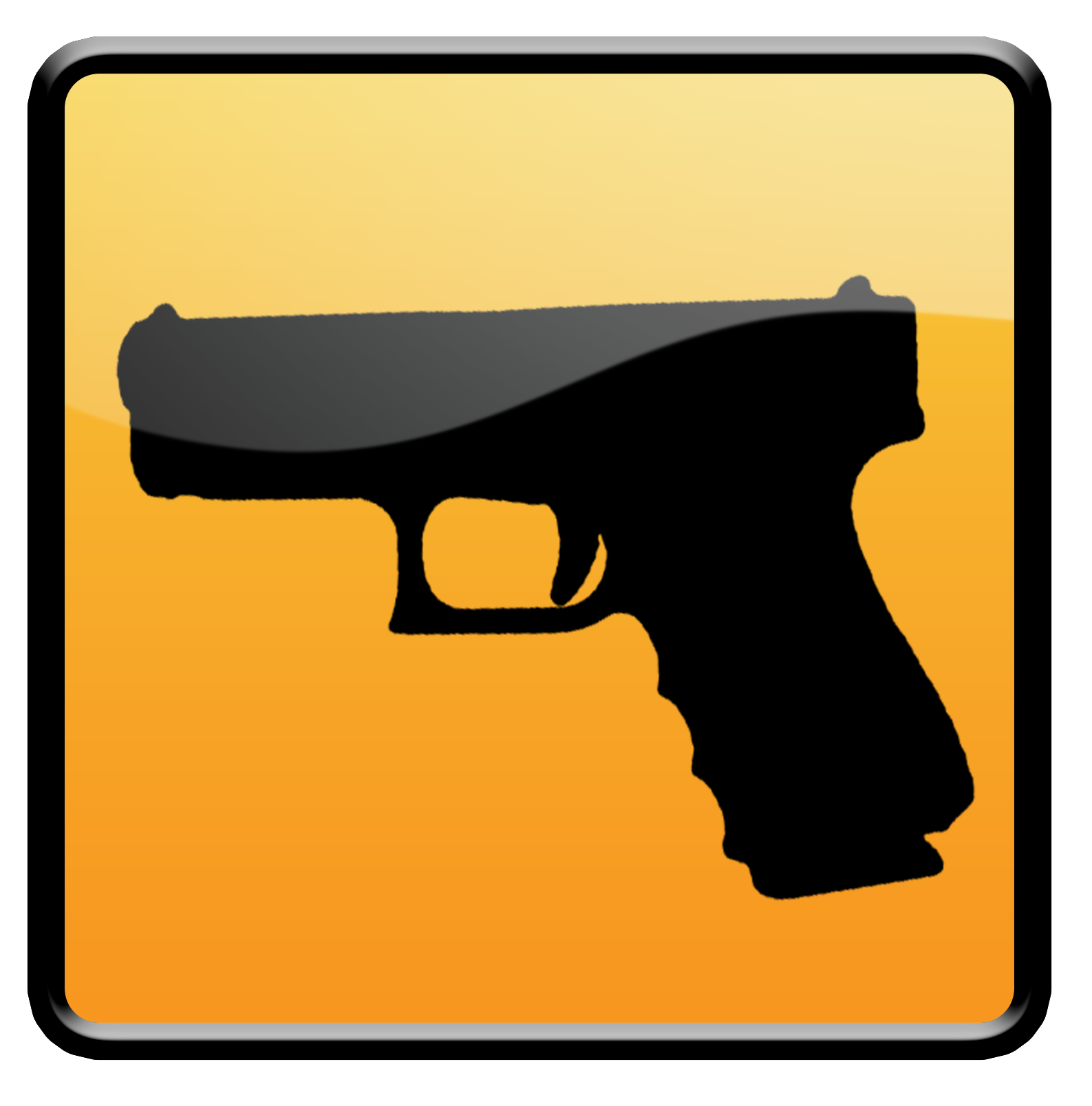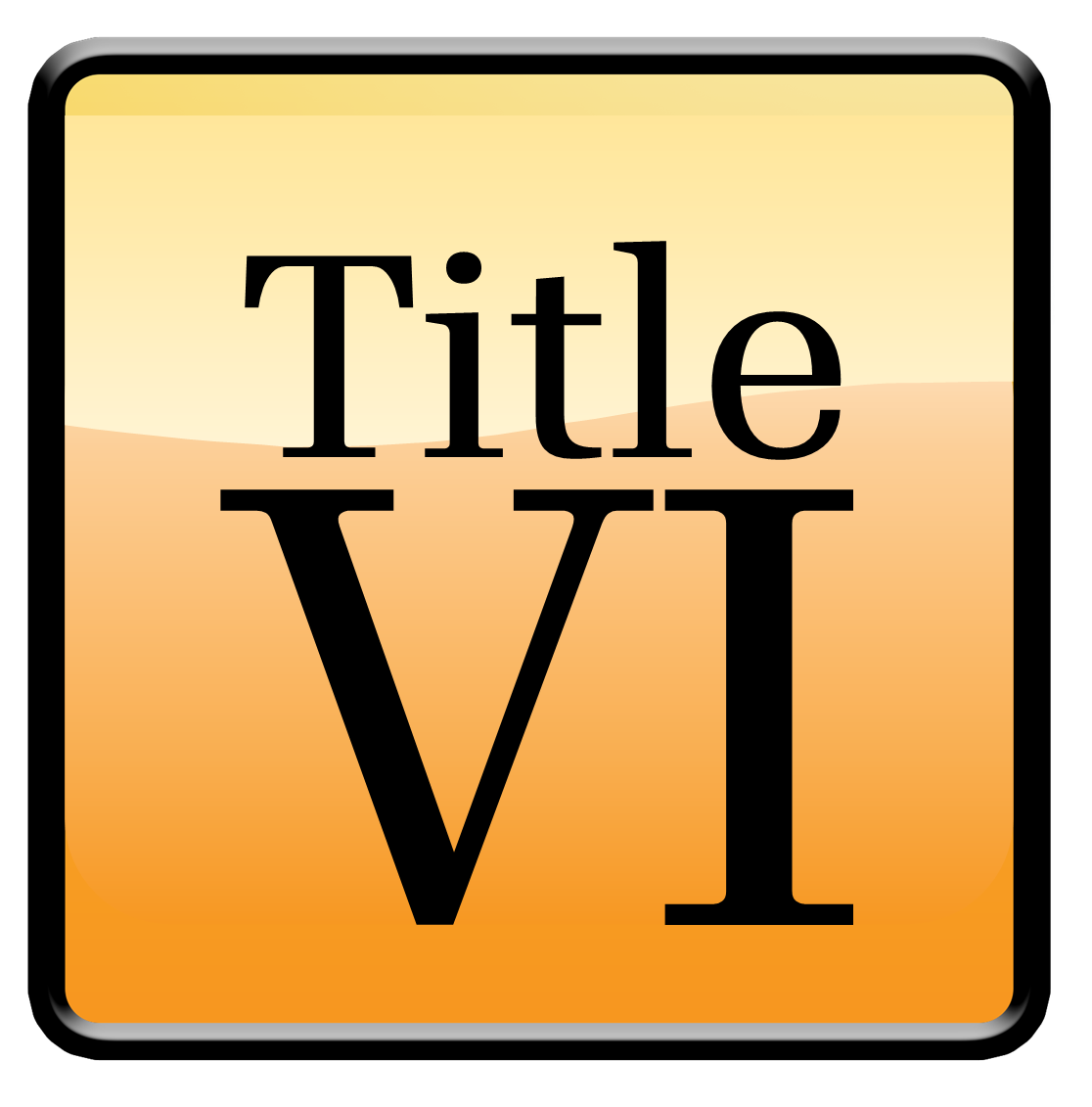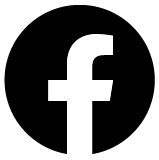Frequently Asked Questions
City of Chicago
Outside the City of Chicago
- Illinois State Police
- Statewide 9-1-1 Bureau
- 9-1-1 Surcharge
- 801 South 7th Street
- Springfield, IL 62703
- Email: ISP.911Admin@illinois.gov
City of Chicago
Outside the City of Chicago
Wireline and interconnected VoIP providers are not required to split out their remittance by jurisdiction. One check with one remittance form will suffice.
Postpaid wireless companies, in addition to the remittance form, must also email a monthly subscriber file to ISP.911Admin@illinois.gov that lists the number of customers by zip code. See 83 Ill. Admin. Code 1329. One check will suffice.
The Statewide 9-1-1 Advisory Board members are appointed by the Governor or by statute.
See the Advisory Board page for a list of current Advisory Board members
See 50 ILCS 750/19
These members provide recommendations and advice to the Statewide 9-1-1 Administrator on many aspects contained in the Emergency Telephone Systems Act including things such as consolidations, rulemaking, total dollars set aside for grants. See 50 ILCS 750/7, 8, and 10. They are also responsible for preparing and submitting a report to the legislature by March 1 of each year providing an update on the transition to a statewide 9-1-1 system and recommending any legislative action . See 50 ILCS 750/19.
2) reducing the infrastructure required to adequately provide 9-1-1 network services;
3) promoting cost savings from resource sharing among 9-1-1 systems;
4) facilitating interoperability and resiliency for the receipt of 9-1-1 calls;
5) reducing the number of 9-1-1 systems or reducing the number of PSAP’s within a 9-1-1 system;
6) cost savings resulting from a 9-1-1 system consolidation; and
7) expanding E9-1-1 service coverage as a result of 9-1-1 system consolidation including to areas without E9-1-1 service.
See 50 ILCS 750/15.4b
